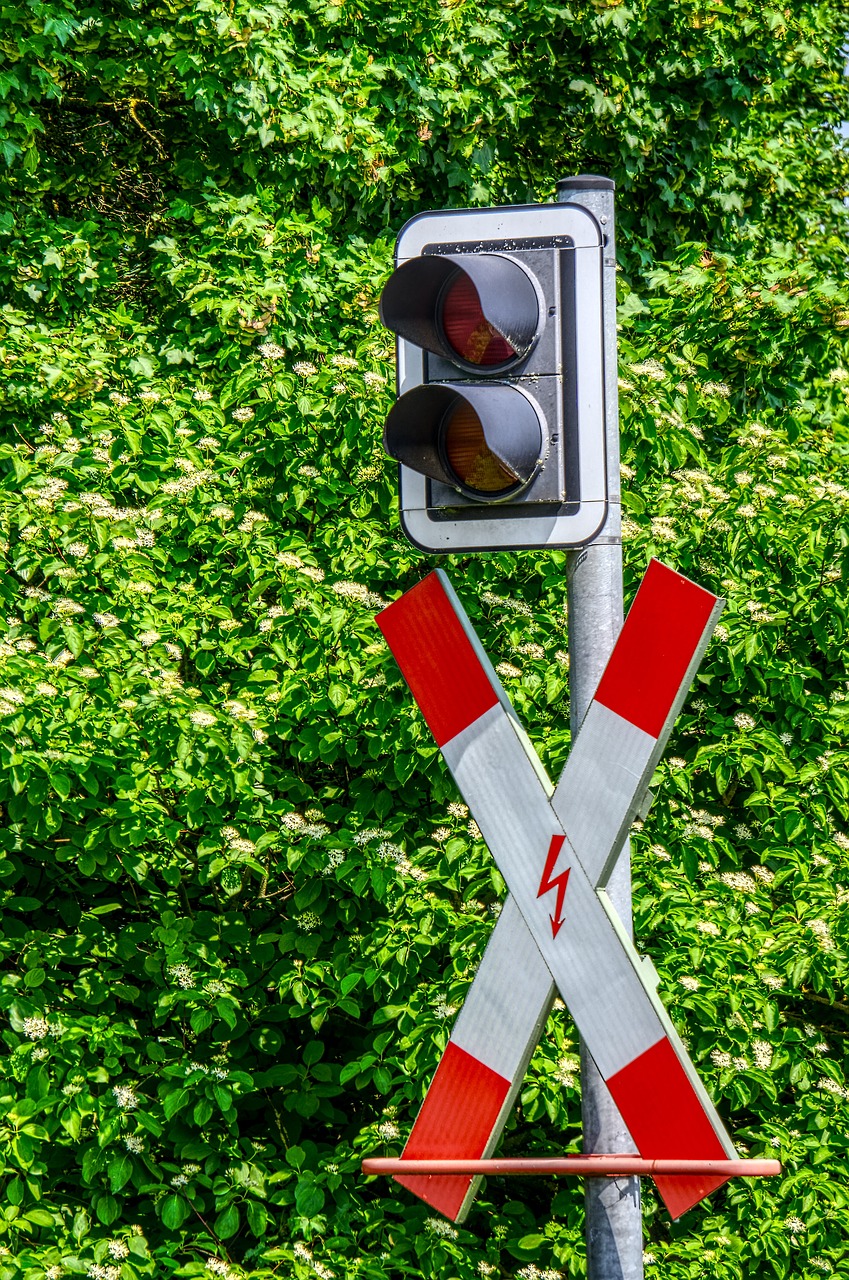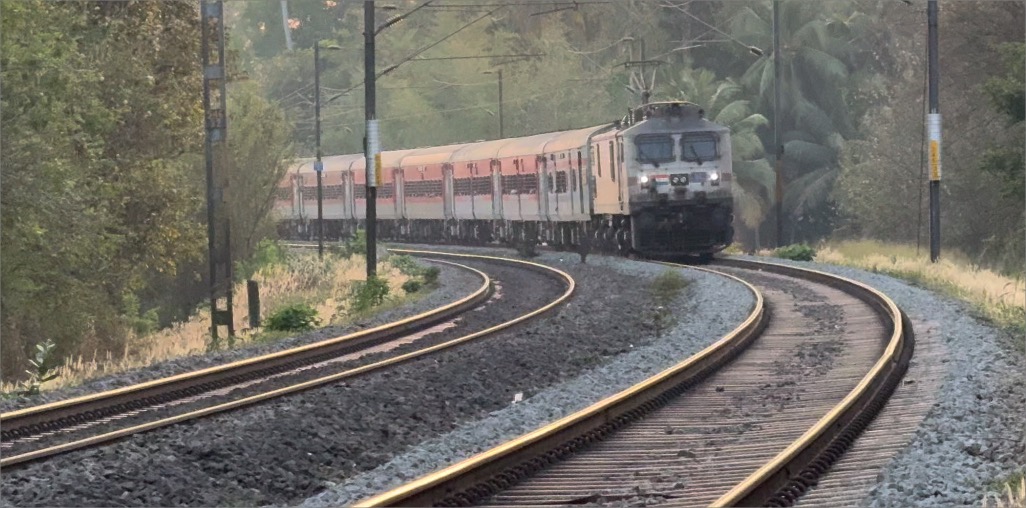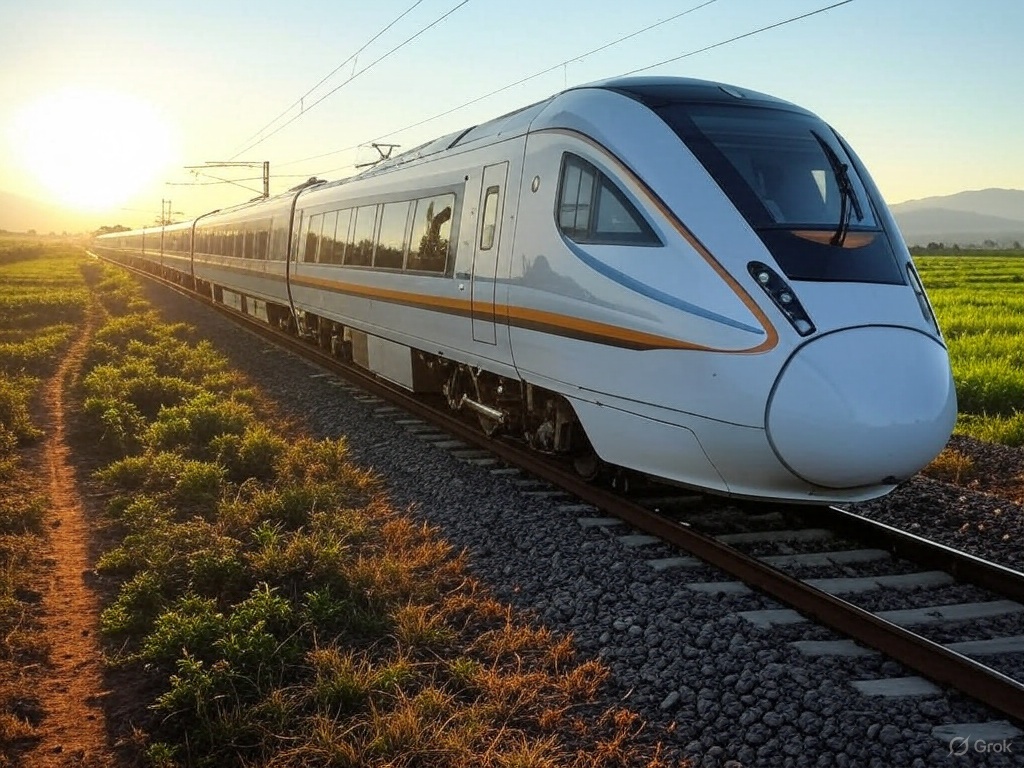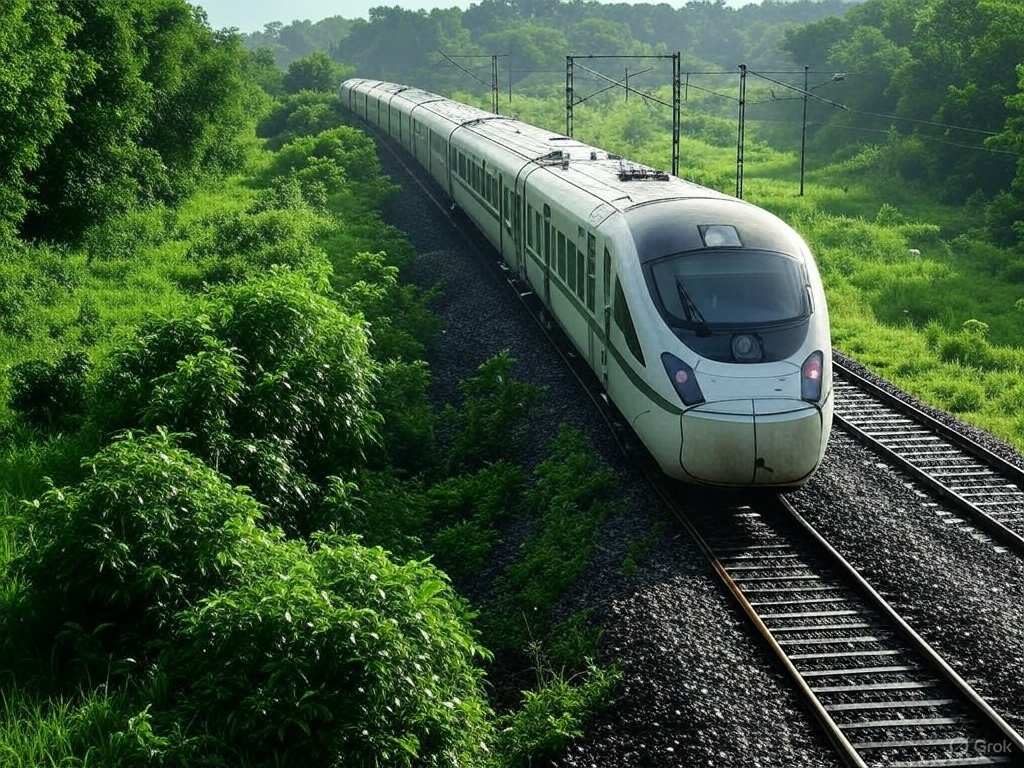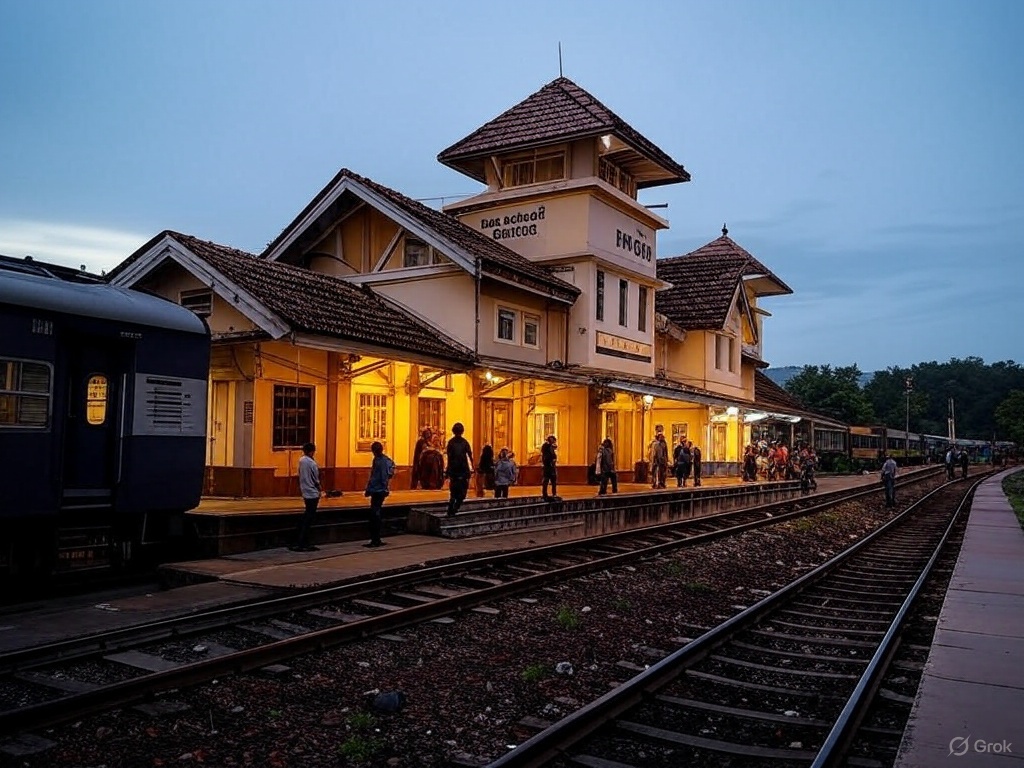Demystifying the Working of Railway Signaling Systems: A Comprehensive Overview
Railway signaling systems are the backbone of safe and efficient train operations, ensuring the smooth movement of trains across vast networks. These intricate systems utilize a combination of advanced technologies, components, and protocols to coordinate train movements, prevent collisions, and maintain optimal spacing between trains. In this article, we will delve into the working of railway signaling systems, exploring their various components, principles, and the mechanisms behind their operation.
1. Signaling Components
a) Track Circuits: Track circuits are the foundation of railway signaling systems. They are sections of the tracks that use electrical currents to detect the presence of trains. By dividing the tracks into insulated blocks, track circuits can determine if a particular section is occupied or unoccupied. When a train enters a block, the wheels complete an electrical circuit, indicating occupancy and triggering appropriate signaling actions.
b) Signals: Signals are visual indicators positioned along the tracks that convey crucial information to train operators. Different colors, positions, and shapes are used to communicate specific messages such as whether to proceed, slow down, or stop. Signals play a pivotal role in maintaining safe train operations by providing clear instructions to train drivers.
c) Interlocking Systems: Interlocking systems are responsible for ensuring the safe movement of trains by preventing conflicting train movements. They utilize complex logic circuits to coordinate signals and track switches. Interlocking systems ensure that train movements can only occur if the track is clear and properly aligned, reducing the risk of collisions and derailments.
2. Signaling Principles
a) Block Signaling: Block signaling is a fundamental principle of railway signaling systems. It divides the tracks into distinct sections or blocks, allowing only one train to occupy each block at a time. This ensures a safe distance is maintained between trains, minimizing the risk of collisions. Block signaling systems employ various technologies, such as track circuits or axle counters, to detect train occupancy accurately.
b) Automatic Train Protection (ATP): ATP systems are designed to enforce safe speeds and ensure compliance with signaling indications. They use onboard equipment to communicate with trackside signals and control centers, continuously monitoring the train’s speed and position. If the train exceeds the safe speed limit or fails to respond to signals, ATP systems automatically apply the brakes to prevent accidents.
c) Train Detection: Train detection systems play a vital role in monitoring train occupancy in specific track sections. They employ technologies like track circuits or advanced systems like axle counters. Track circuits detect the presence of trains by measuring electrical current flow, while axle counters use sensors to detect the passage of wheels or axles. These systems provide accurate information about train positions, enabling control centers to make informed decisions and ensure safe train operations.
d) Communication-Based Train Control (CBTC): CBTC is an advanced signaling system that utilizes continuous communication between trains, control centers, and trackside equipment. It provides real-time information on train positions and speeds, allowing for more precise train control and optimized train spacing. CBTC systems enhance capacity, safety, and operational flexibility in complex rail networks.
3. Signaling Control Centers
Signaling control centers serve as the nerve center of railway signaling systems. These centralized facilities are responsible for monitoring train movements, coordinating signals and switches, and ensuring the overall safety and efficiency of train operations. Control center operators receive information from various sources, including track circuits, train detection systems, ATP equipment, and CBTC systems. They analyze this data, make informed decisions, and issue commands to control train movements.
Railway signaling systems are complex and critical to the safe and efficient operation of trains. Through the interplay of track circuits, signals, interlocking systems, ATP, train detection, and emerging technologies like CBTC, these systems provide a robust framework for managing train movements and preventing accidents. By continuously evolving and integrating advanced technologies, railway signaling systems are advancing towards a future of safer and more efficient rail transportation.
Image by Markus Distelrath from Pixabay
Hey there! 😊 We run a small YouTube channel for Roads & Rails, and we'd love your support! Now the channel features daily Rail fanning videos.. Please Hit that subscribe button to help us stay inspired and create even more exciting content. Got questions, feedback, or ideas for collaboration? We’d love to hear from you! Drop us a message at mail@roadsandrails.org. Thanks for being part of our journey!



